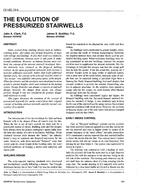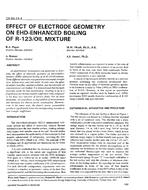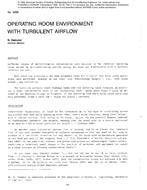Click here to purchase
There is a strong need to develop solutions for building envelope retrofits given that about 50% of buildings were constructed before energy codes were in place. Building retrofits using overclad panels have gained momentum in Europe, and there are potential benefits for incorporation of this technology in the United States to update buildings into energy code conformity. Oak Ridge National Laboratory and the University of Tennessee, Knoxville, designed prefabricated, modular, fiber-reinforced composite, overclad panels as a cost-effective and easy-to-install retrofit technology. Composite preformed beams are commonly used to manufacture durable, lightweight, composite boat hulls. To manufacture a durable and lightweight overclad panel, these composite preform beams were combined using glass fiber reinforcement and resin infusion to create an all-in-one modular, airtight, watertight, overcladding panel with a total thickness of approximately 14 cm. The overclad panels were insulated using closed-cell polyurethane foam to increase the existing envelope thermal performance by an R-value of up to 42. As a building cladding subject to building codes, these overclad panels were designed to resist wind loads as required by the International Building Code using finite element analysis. The panels were initially designed for strength and serviceability requirements. Panel-to-panel, panel-to-window, and panel-to-building connections were designed using pultruded fiber reinforced polymer. Prototypes of the panels and connections were created. Future tests to implement these technologies in buildings were detailed.
Product Details
- Published:
- 2022
- Number of Pages:
- 8
- Units of Measure:
- Dual
- Product Code(s):
- DBldgsXV-C025


